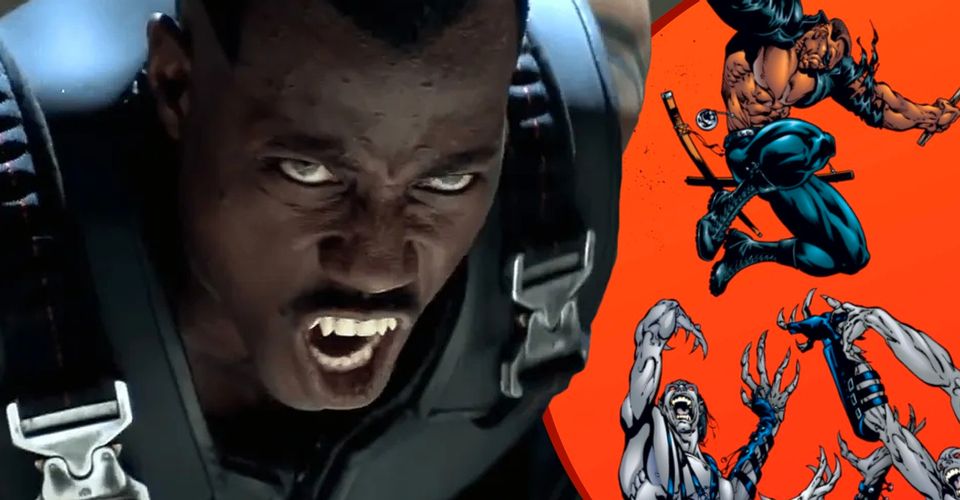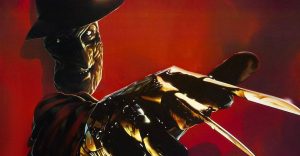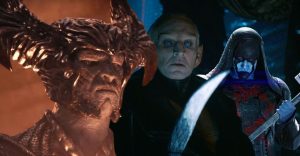Blade Kept His One Weakness Because It Makes Him a Better Killer

When given a chance to end his vampiric curse, Marvel’s Blade chose to keep his bloodlust in order to remain as effective as possible at killing the undead. Although Eric Brooks’ supernatural advantages greatly assist him in his mission to kill every single vampire, he perceives his need to consume blood as his primary weakness – something that separates him from the humanity he protects from the shadows. When Doctor Doom rewards him for protecting his mother in the past, Blade is given the opportunity to be free forever from his bloodlust, but after much thought and consideration, he turns it down.
When Eric Brooks’ mother was bitten by a vampire while pregnant, the unique mix of human and vampire DNA created an anomaly that would eventually become “the Daywalker,” a legendary bogeyman of vampires worldwide who not only has many of their superhuman advantages but uses them and his extensive training to hunt and kill the children of the night. In Blade #2 by Marc Guggenheim and Howard Chaykin, Blade is leaving the scene of his latest battle when he is approached by a legion of Doombots. After dispatching the Latverian robots, Blade travels to have a word with their creator, the Latverian monarch and infamous supervillain Doctor Doom. Doom reveals that he met Blade before decades ago when he saved his beloved mother Cynthia from vampires. The villain then uses his combination of magic and technology to send Blade back in time to fulfill this predestined objective.
Although Blade has mixed feelings about ensuring the legacy of one of Marvel’s greatest villains, Doom’s mom assures him that he made the right choice and that any changes could have disastrous effects even with the best intentions behind them. After the last vampire is nothing but dust in the wind, Blade returns to modern day Latveria where he still intends to kill Doom for forcing his cooperation. Doom brushes this aside by giving him an elixir that will cure his bloodlust but also his desire to hunt vampires. When asked to clarify this, Doctor Doom states, “The aspects of you that are vampiric cannot be separated from your will to hunt the same.“

This opportunity creates a conundrum for the famous vampire hunter. Blade has often been depicted as an antihero who views his need to consume blood as a curse. His custom-made serums keep his thirst at bay, but they offer little hope for a cure, and after a short while with no recourse, he becomes a danger to humans. This elixir would take that away but also rob him of the mission that he’s dedicated his entire life to achieving. If he took the cure, he would no longer be able to hunt vampires, tortured by the knowledge that they exist and that despite his training and superhuman powers, he would be unable to fight their corruption of humanity.
After much deliberation, Eric chooses not to take the formula, giving it away to his occasional ally Hannibal King in Blade #12. Given the number of vampires still preying on the Marvel Universe, Blade chooses to sacrifice his own humanity to face them at his best. Although Eric Brooks’ story was far from over, this moment changed Blade, as his bloodlust was no longer a curse but a price he willingly paid in order to protect his world from vampires.
About The Author

















